Big cats, comprising species like lions, tigers, leopards, and jaguars, are not only majestic creatures but also integral components of ecosystem balance. As apex predators, they profoundly influence the structure and functionality of their habitats. Understanding their role is crucial to appreciating the intricate web of life in which they play a part.
The Diversity of Big Cats
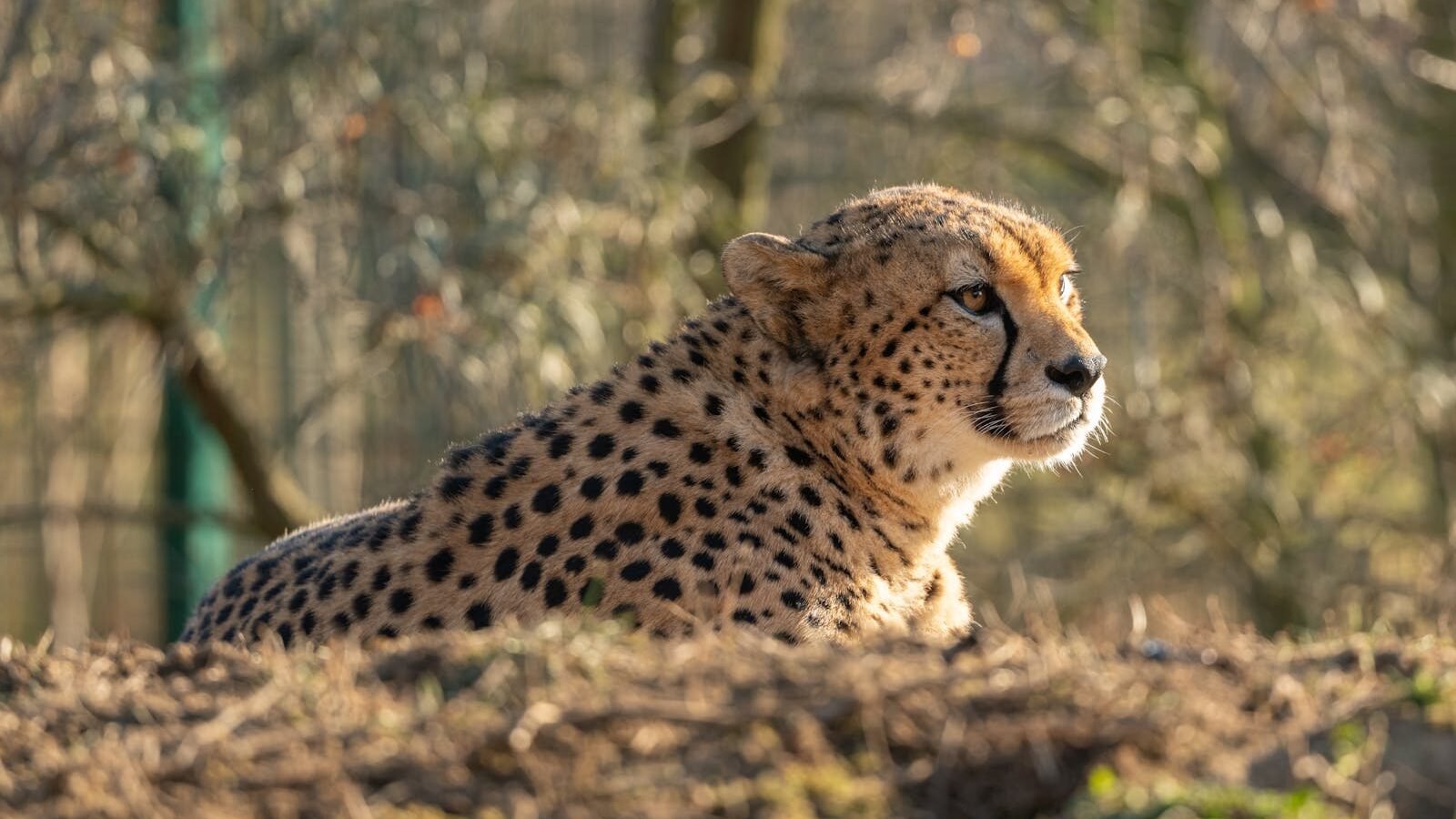
Big cats are dispersed across various continents and habitats, from the African savannas to Asian rainforests and the Americas. This geographical diversity means they impact ecosystems in numerous and varied ways. Each species has unique adaptations that enable them to thrive in their respective environments.
Predator-Prey Dynamics
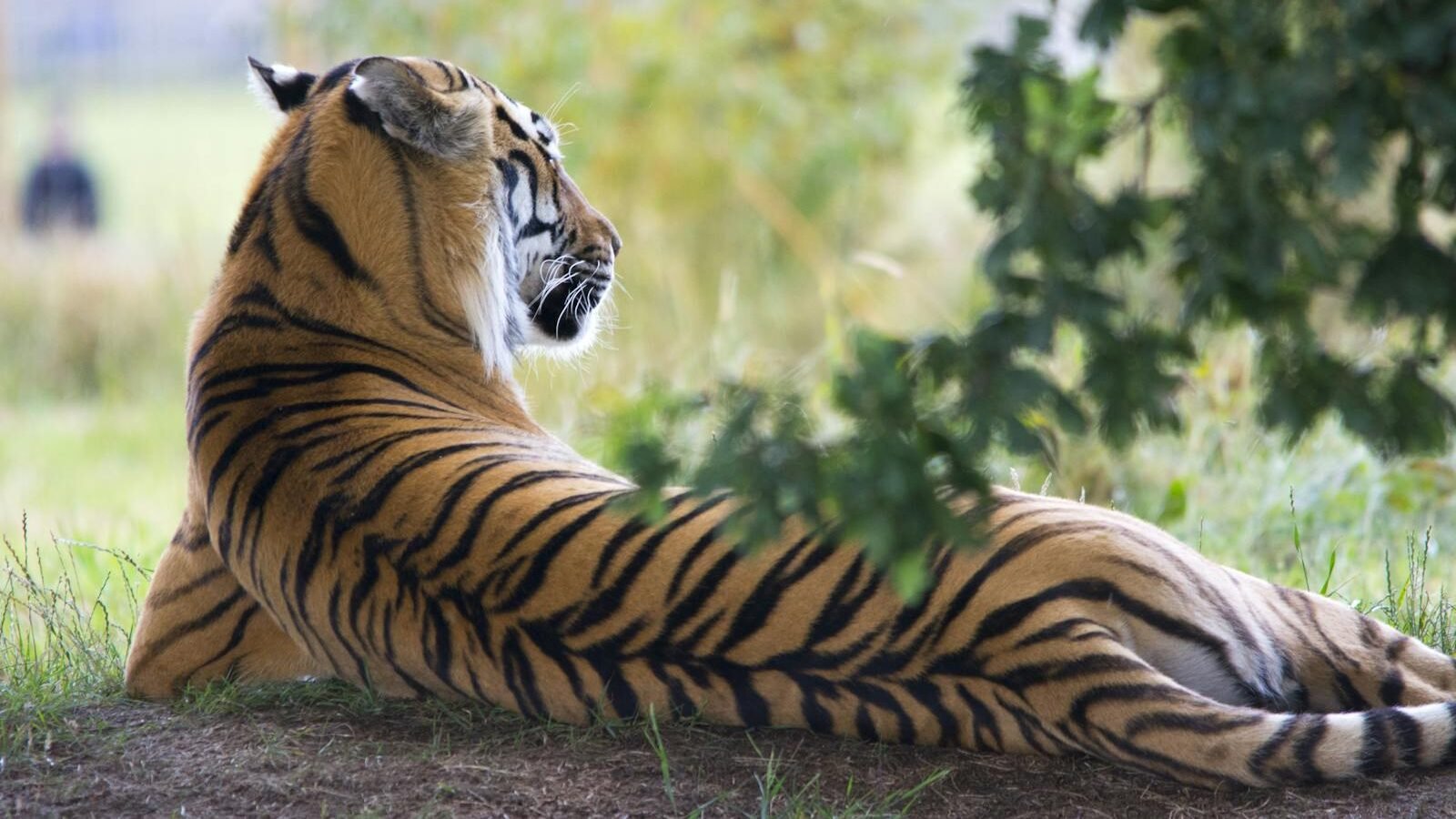
Photo by Pixabay via Pexels
As apex predators, big cats sit at the top of the food chain, playing a critical role in maintaining the balance between different animal species. They regulate prey populations, preventing overgrazing and helping maintain plant biodiversity. The absence of big cats can lead to an overabundance of herbivores, which in turn can result in the depletion of vegetation and subsequent soil erosion.
Trophic Cascades

Big cats influence trophic cascades, which are powerful indirect interactions that can control entire ecosystems. For instance, by preying on herbivores, big cats help preserve the plant life, which in turn maintains the habitat structure that supports numerous other species. This cascading effect underscores their role in sustaining ecosystem health and diversity.
Controlling Disease Spread

Photo by Atypeek Dgn via Pexels
By controlling prey populations, big cats also help manage the spread of diseases. Overpopulated prey species can lead to outbreaks of diseases that might also affect other wildlife and humans. By keeping these populations in check, big cats act as a natural control on potential epidemics.
Indicator Species
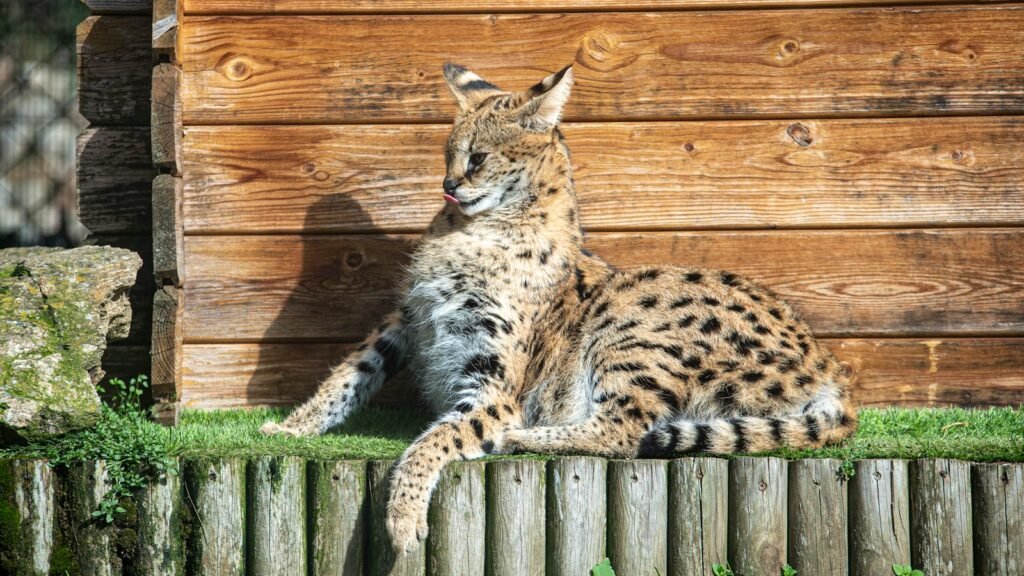
The presence and health of big cat populations serve as indicators of ecosystems’ health. A thriving population of big cats typically signifies a balanced ecosystem with adequate prey and healthy habitat conditions. Conversely, declining big cat numbers often point to broader environmental issues, such as habitat loss or a decrease in prey populations.
Challenges Facing Big Cats

Photo by Thabang Elvis Kenewendo
Despite their pivotal ecological role, big cats face numerous threats, including habitat destruction, poaching, and human-wildlife conflict. These pressures not only threaten their survival but also the balance and health of the ecosystems they inhabit. Addressing these challenges is crucial for conservation efforts.
Conservation Strategies
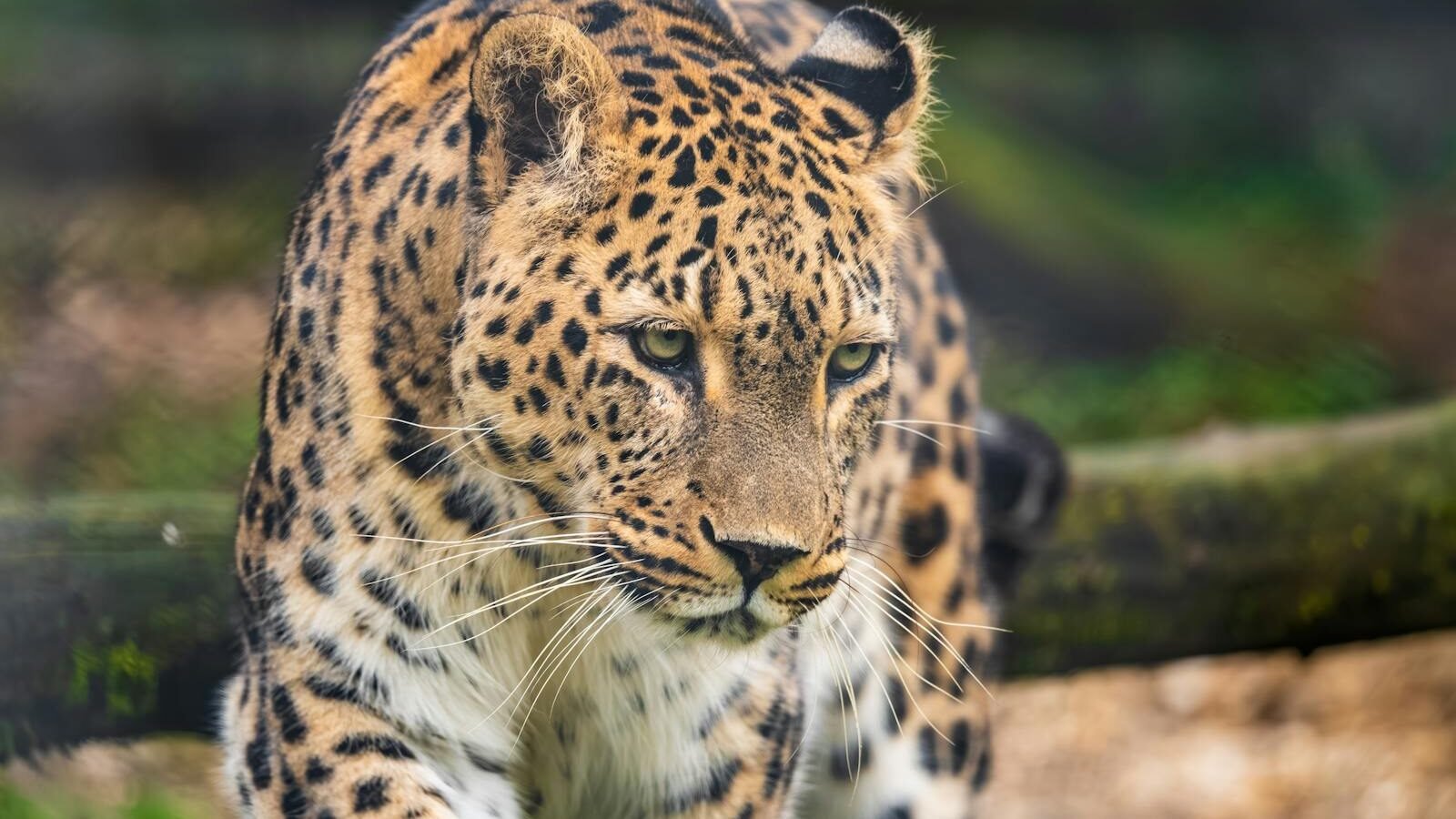
Efforts to conserve big cats are varied and multifaceted, focusing on habitat preservation, anti-poaching measures, and community engagement. By implementing strategies that involve local communities and stakeholders, conservationists aim to create sustainable solutions that benefit both human and animal populations.
Role of Big Cats in Cultural and Economic Aspects
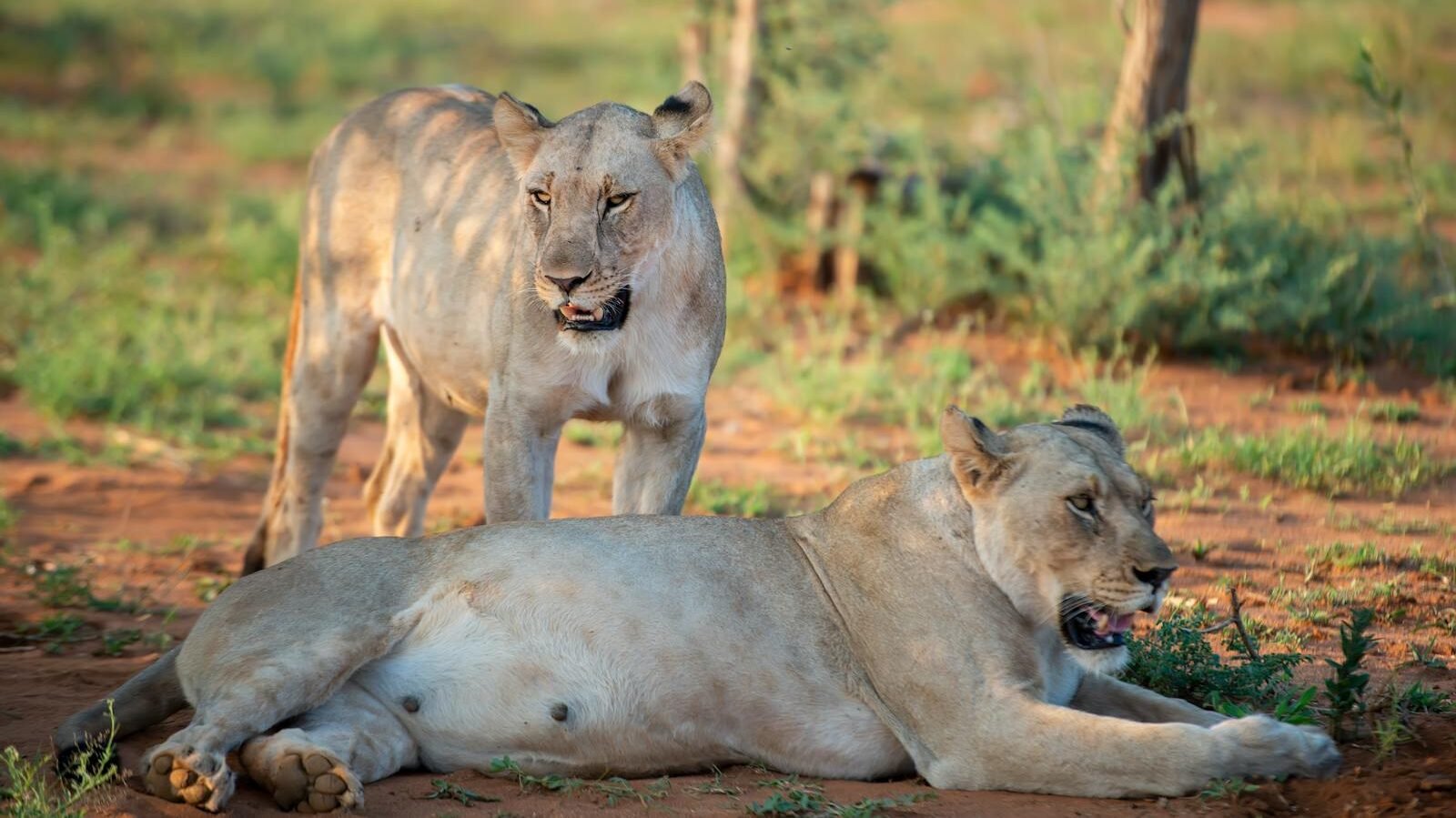
Photo by Frans van Heerden Via Pexels
Big cats hold significant cultural and economic value in many regions. They are iconic species that attract tourism, generating revenue and promoting conservation. Moreover, they feature prominently in the cultural narratives and heritage of many societies, further emphasizing their importance beyond ecological roles.
The Future of Big Cats in Ecosystems
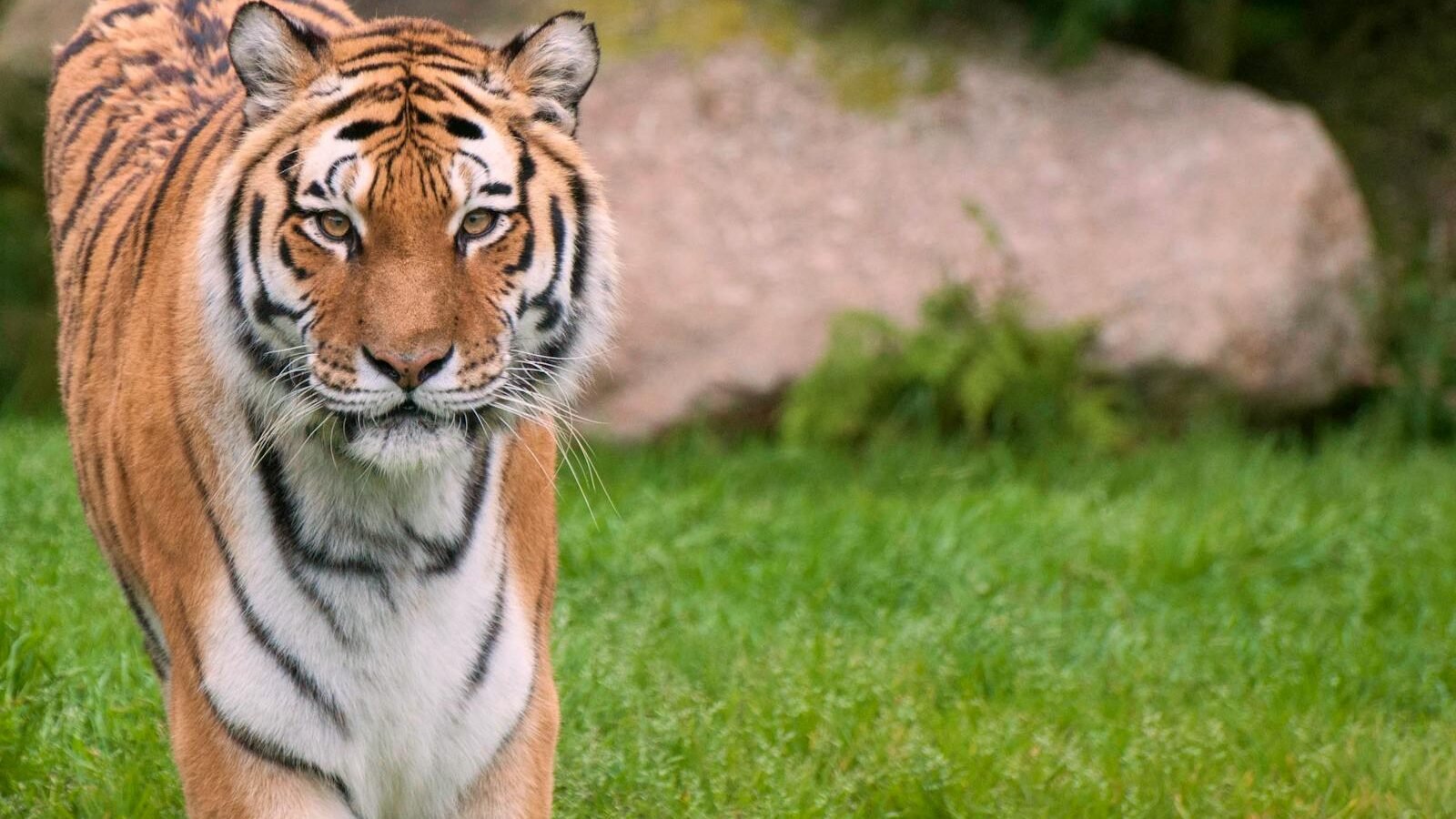
The future of big cats and their role in ecosystems largely depends on the success of conservation efforts. By protecting these predators, we ensure the integrity and functionality of ecosystems. Continuous research, international cooperation, and innovative conservation strategies are vital to preserving these magnificent creatures and the environments they help sustain.
Conclusion
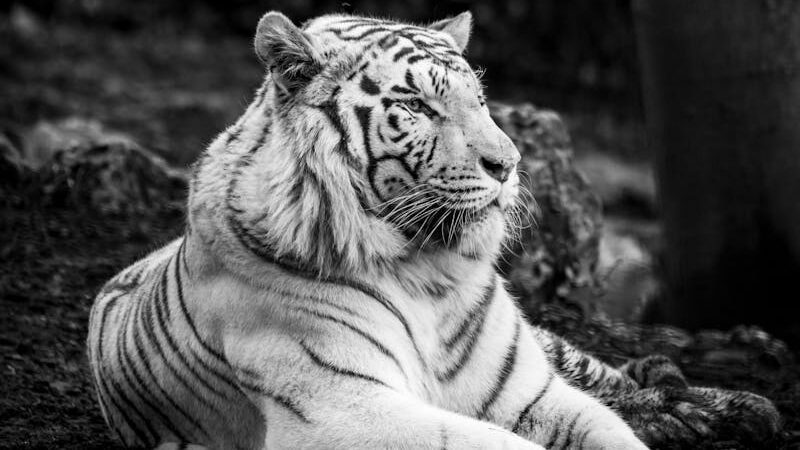
Photo by Amélie Rec Via Pexels
Big cats are more than just charismatic wildlife; they are keystone species within their ecosystems. Their role in maintaining ecological balance is profound, affecting everything from prey populations to plant life. By understanding and protecting big cats, we safeguard the diverse and complex web of life on which humans and countless other species rely.

With over a decade of experience as a dedicated cat lover and enthusiast, I specialize in writing captivating content about all things feline. My expertise shines through in creating engaging and informative pieces that resonate with fellow cat lovers. As a proud cat parent to my beloved Duston, my personal connection to the world of cats adds authenticity and warmth to my work, making it relatable and heartfelt.






